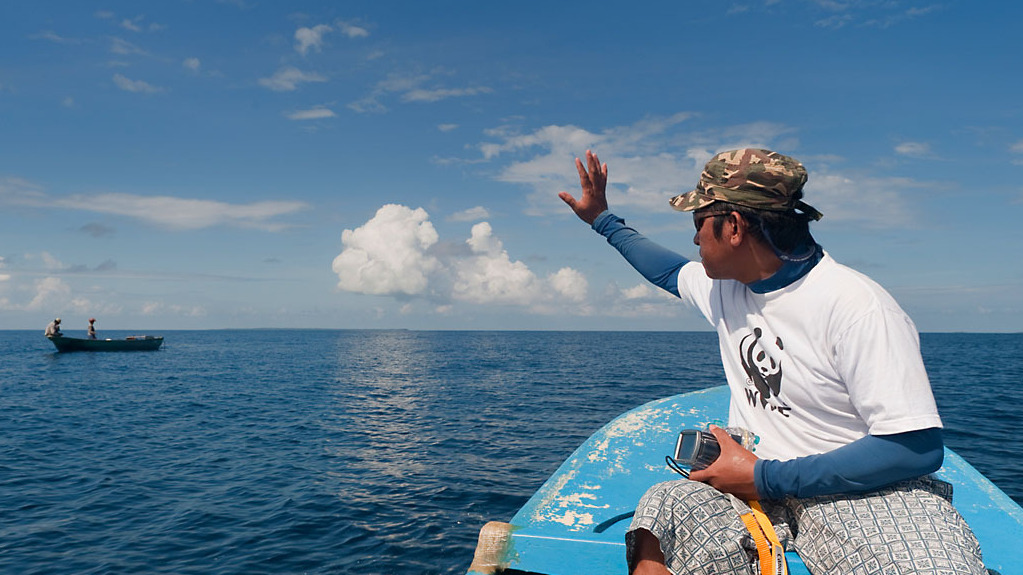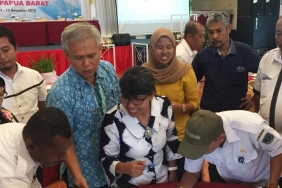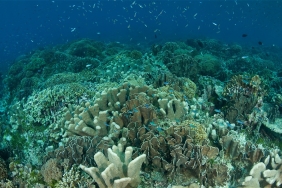SAVING NATURE TO SAVE WATER
Who can live without water? There is not a single living thing in this world that can live without water. The importance of water for life has become the main focus of World Water Day, which is celebrated every March 22.
Water, which in ancient times was a very abundant and good quality resource, is now threatened. Recently, news about the threat of drought in South Africa has been circulating. The news stated that the capital of South Africa, Cape Town, is threatened to become the first major city in the world to run out of clean water. The city is said to have only 90 days before its water reserves are completely depleted. It's eye-opening news and certainly our awareness about water availability. If it is already happening in other parts of the world, the same thing can happen in our place. It's only a matter of time if we don't do anything about it.
It is time to open our eyes to the alarming facts. In the "United Nations World Water Development Report 2018: Nature-based solutions for water" states that currently, 1.9 billion people live in areas where water is scarce. By 2050, this number could rise to around 3 billion people as the world's population will increase by 2 billion people and global water demand could be 30% higher than today.
These facts should trigger us to improve our daily water consumption patterns. It's time to treat water as a precious treasure that must be preserved. There are simple things we can do everyday to conserve water, such as turning off the faucet when brushing our teeth, choosing to shower instead of a dipper, or making sure we close the faucet tightly. Not throwing garbage into waterways and rivers is also one way to protect water sources.
But there is also something important that we must do, which is to fix the root of the problem. As a source of life, the availability of water depends on whether nature is healthy or not. Currently, at least 65% of forest land is degraded (source: United Nations World Water Development Report 2018). In fact, the presence of trees in the spring area is very important because it functions as a water absorber and soil buffer. Thus, the protection of water resources can be done sustainably.
In addition, since 1900, natural wetlands have decreased by 64-71% due to human activities. The existence of wetlands is like a vascular system that connects the entire landscape. They are essential. Without wetlands, the world would be desperately short of water. Wetlands fulfill the need for clean water. Wetlands can also be likened to giant sponges that can absorb and store water from heavy rains, then release it slowly into the surrounding environment.
Therefore, this year, during World Water Day, through the theme "Nature for Water", we are reminded and educated that nature is the answer. If we want to avoid a water crisis, we must save nature. Some nature-based solutions to help manage water availability and quality include restoring forests, grasslands and natural wetlands, reconnecting rivers to floodplains (large plains on either side of a river formed by sediment from runoff), and creating vegetation buffers along waterways. In addition to restoring balance to the water cycle, these nature-based solutions can also have a positive impact on health and improve well-being.
In relation to maintaining water availability, this year WWF-Indonesia started a forest restoration program around the Koto Panjang dam, Riau, to restore damaged water catchment areas. In carrying out this rehabilitation, WWF will involve local communities for tree planting activities and coordinate with the local government. Together with the Freshwater program, land restoration in Koto Panjang is also accompanied by sedimentation mitigation that will improve water discharge and enhance water quality in the watershed.
As urban dwellers, don't imagine that these nature-based solutions are only for those who are close to the forest or the headwaters of rivers far inland. We can help restore forests too. Find out how at wwf.id/mybabytree.
Saving nature to save water is not a solution that can be done by one party alone. Collaboration from governments, financial institutions, donors, businesses, and all levels of society is needed. Let's take action in collaboration.
HAPPY WORLD WATER DAY!





